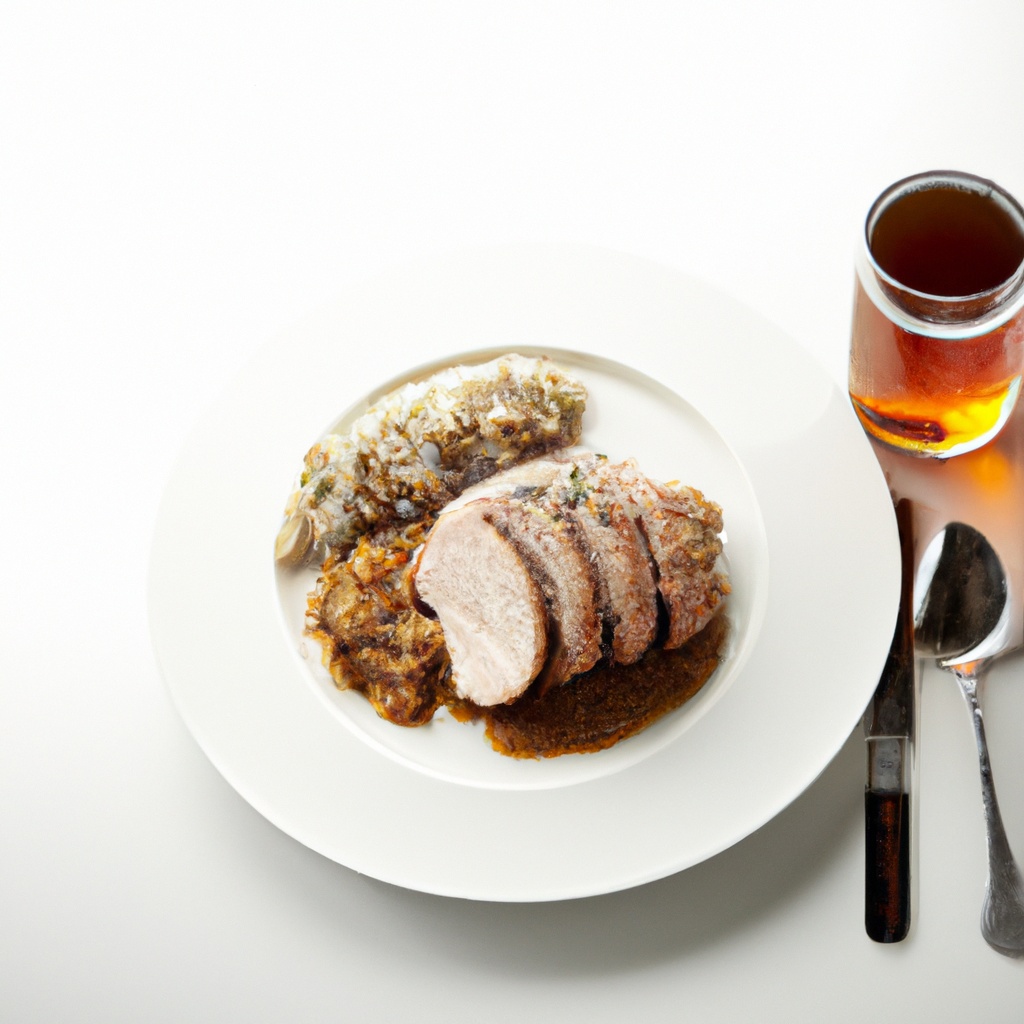PROS
Slow Cooker Pork, Sauerkraut, and Beer is a simple yet flavorful dish that requires no effort on your part once it’s in the slow cooker.
The combination of pork, sauerkraut, and beer is a classic and comforting flavor combination.
CONS
While this dish is delicious, it does have a high sodium content due to the sauerkraut and pork.
The slow cooker method can also result in a softer texture for the pork.
HEALTH & BENEFITS
Despite the high sodium content, this dish has several health benefits.
Pork is an excellent source of protein and vitamin B12, which helps with brain and nervous system function.
Sauerkraut is a good source of vitamin C and probiotics, which can aid in digestion and boost the immune system.
Beer, when consumed in moderation, has been linked to possibly reducing the risk of heart disease and stroke.



/rating_off.png)
Leave a Reply